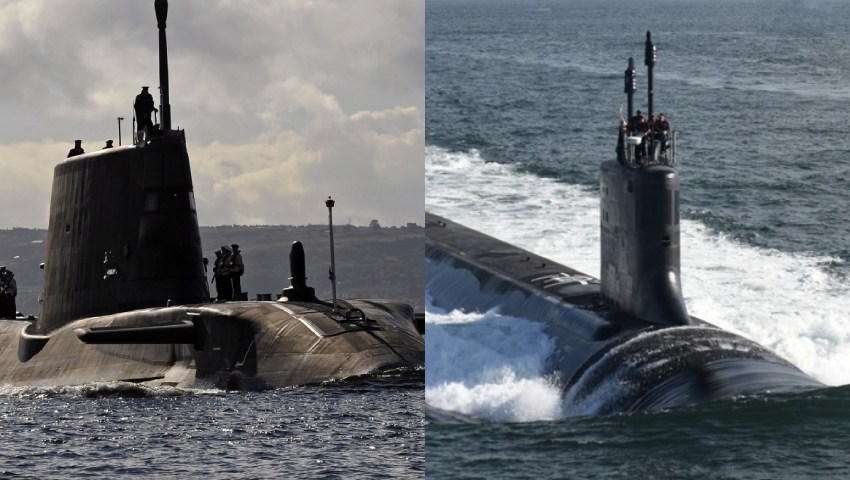The prime minister has confirmed plans to upgrade local naval bases to ensure they can support the presence of nuclear-powered submarines deployed by AUKUS partners.
To continue reading the rest of this article, please log in.
Create free account to get unlimited news articles and more!
After announcing a $4.3 billion investment in the development of the first large-vessel dry docking facility at Henderson Shipyard in Western Australia, Prime Minister Scott Morrison confirmed Royal Australian Navy bases would host and support the operation of nuclear-powered submarines from the US Navy and Royal Navy under the AUKUS agreement.
Upgrades to HMAS Stirling in Western Australia and the construction of a new east coast naval base are expected to ensure SSNs from the US and UK can remain in Australian waters for “extended periods of time”, enabling them to “perform operations out of Australia”.
Defence has been tasked with commencing studies into the types of infrastructure and services required in Western Australia to support the more frequent presence of SSNs from AUKUS partners, with recommendations expected to be handed down later this year.
“The ability of US and UK nuclear-powered submarines to be here on the west coast, and ultimately we’d like to see them on the east coast as well, is all part of what our plan is as we continue to push forward our AUKUS partnership …,” Prime Minister Morrison said.
“...This is part of the AUKUS partnership, delivering early results to ensure that we can keep Australia safe, and our ability to build the facilities here at Henderson will play an enormous role.
“[These projects] enable the service and support naval fleets from all around the world who work with Australia, but particularly with our friends in the United States and UK, and what we're be putting in place over there at [HMAS] Stirling that will ensure that we can maintain those operations and play our role as part of this important partnership that is keeping Australia safe.”
This confirmation follows months of speculation surrounding potential interim solutions ahead of the delivery of the RAN’s own nuclear-powered submarine fleet.
Last October, Secretary of Defence Greg Moriarty ruled out a nuclear submarine leasing arrangement with the US or the UK but said Defence would consider ramping up joint-military activities.
“[What] we are going to do over the next 18 months is work with our partners to identify how soon we can get an Australian boat,” he told the Senate foreign affairs, defence and trade legislation committee.
“We will, of course, be talking to them about how we can look at other options – additional visits by US and UK boats to the area, increasing co-crewing we do on US and UK boats.”
The Commonwealth government’s Nuclear-Powered Submarine Task Force is currently consulting with stakeholders in the US and UK.
The group’s considerations are expected to include requirements for design, construction, maintenance, infrastructure, industry capacity, nuclear safety, environmental protection, crewing and training.
The Task Force will also advise on building timeframes, costs and supply needs.
Last November, Minister for Defence Peter Dutton and representatives from the UK and the US signed the Exchange of Naval Nuclear Propulsion Information Agreement — a legally-binding arrangement granting Australia access to advanced nuclear technology under the AUKUS deal.
The agreement establishes a framework for the disclosure and use of information related to naval nuclear propulsion, supporting the local development of at least eight nuclear-powered submarines for the Royal Australian Navy.
Civilian and military personnel in Australia would be provided with critical training and education from US and UK counterparts, ensuring the submarines are developed safely and effectively.
The agreement also aims to develop the skills necessary to establish a best practice regulatory and safety regime, ensuring Australia complies with its international obligations under the Treaty on the Non-Proliferation of Nuclear Weapons.
[Related: PM announces $4.3bn investment in naval shipbuilding capability]

 Login
Login







